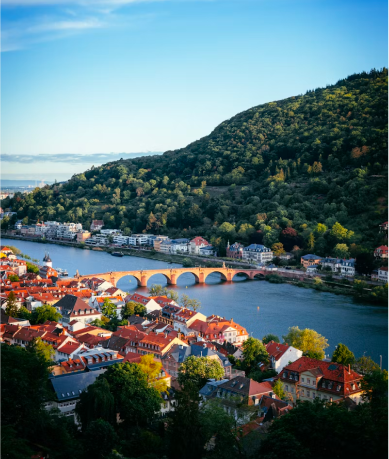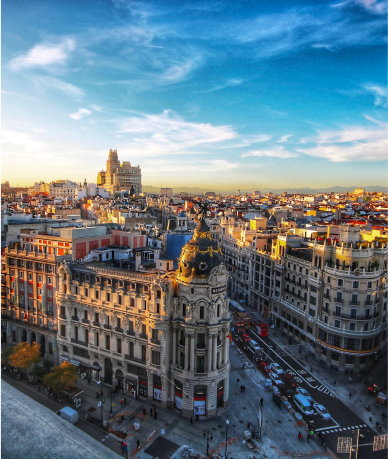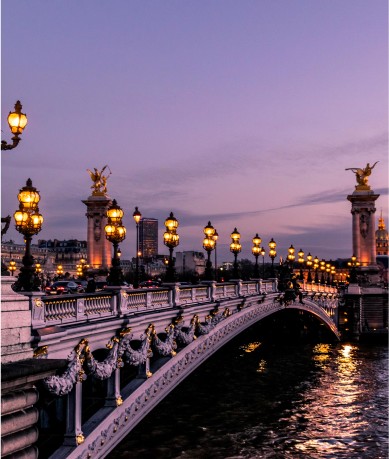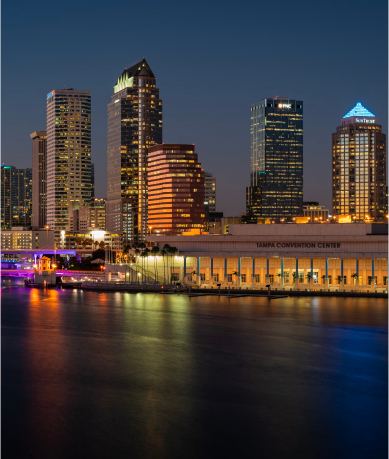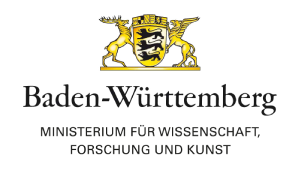On a spring day in Paris, Schiller students and faculty stepped into the heart of one of the city’s most iconic locations — the Tuileries Garden — not to walk through history, but to glimpse the future.
Inside the modernist architecture of the Jeu de Paume museum, surrounded by the sculpted nature of a royal garden, we found ourselves immersed in a groundbreaking exhibition: The World Through AI. It was a visit that blurred boundaries — between the human and the machine, between harmony and disruption, between the past and what’s to come.
The Visit: Contrasts and Questions
The moment we entered, we sensed the dissonance — a deliberate one. The museum’s large windows framed the trimmed trees of the Jardin des Tuileries, standing serene and timeless. Yet, inside, the exhibition pulsed with a new kind of energy: unpredictable, dynamic, and algorithmic.
“It felt like walking through an invisible tunnel between past and future,” one student remarked — a sentiment shared by many of us.
This contrast between outside and inside, between classical form and digital abstraction, was intentional. The curators designed the display to provoke reflection — to unsettle.
We encountered AI in every possible form: as artist, writer, proofreader, architect, composer. Each installation challenged our assumptions about creativity. Can a machine be truly creative, or is it just mimicking us — faster, better, more accurately?
The emotional climax came in the final room: a dark space where a piano stood waiting. Each key, when pressed, generated a unique, ephemeral image — projected in real time onto the walls. It was mesmerizing.
“Was it a game? A reflection? A new form of visual poetry?”
The installation invited us to explore whether AI enhances beauty and meaning in our lives — or simply floods us with “noise” in place of true harmony.
Reflection: When AI Becomes the Mirror
The exhibition did not offer answers — it asked better questions.
At its core was this challenge:
Is AI creating a new world? Or is it redefining the existing one through its own lens?
AI is no longer just a tool. It becomes a medium, an actor, a collaborator. But if machines can generate text, music, and art — what remains of the human touch?
Can AI understand emotion, or merely simulate it?
Can it create meaning, or only reflect our desires back to us?
Should we resist its influence in creative realms — or embrace it as a partner?
One of the most compelling elements of the exhibition was the set of "time capsules" that placed AI in historical and cultural contexts. They reminded us that humanity has always struggled with new technologies — printing presses, cameras, computers — and now, intelligent algorithms.
“Can we still look to history to understand a future shaped by non-human intelligence?”
Or are we, truly, entering uncharted territory?
As we exited into the peaceful garden again, the contrast felt more profound than ever. The curated calm of nature outside, the calculated chaos of code inside — both somehow reflections of who we are, and what we’re becoming.
Final Thoughts
We left the Jeu de Paume not just inspired, but questioning — our roles, our futures, and the meaning of creativity in an age of machines.
Is AI our mirror? Our muse? Or our rival?
These are questions we’ll continue to explore, not just in museums, but in our classrooms, our work, and our daily lives.
About the author
Professor Fereshteh Barei brings a dynamic intersection of industry expertise and academic insight to Schiller International University, where she teaches courses in management, marketing, and business model strategy in the age of AI. With a specialization in the biotechnology and pharmaceutical sectors, her research has made a significant impact—her academic publications are among the most widely read and cited in their fields. Passionate about the future of innovation, Professor Barei encourages students to think critically about the evolving role of technology in society, business, and creativity.
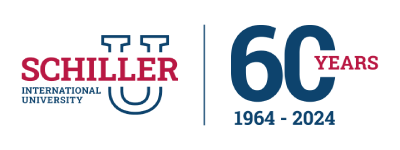
 Request information
Request information

